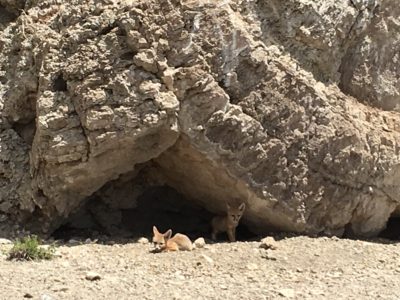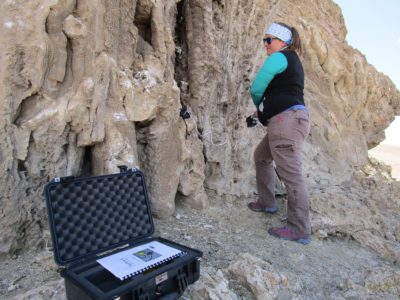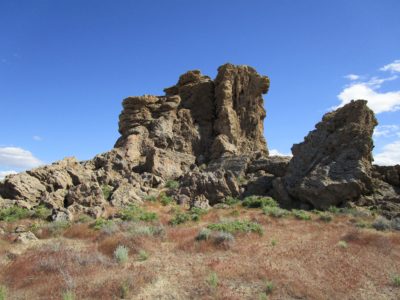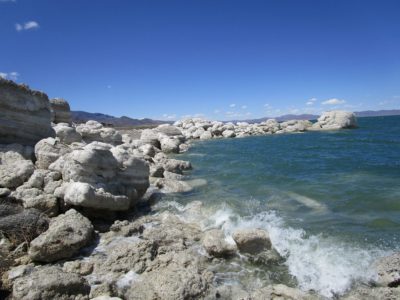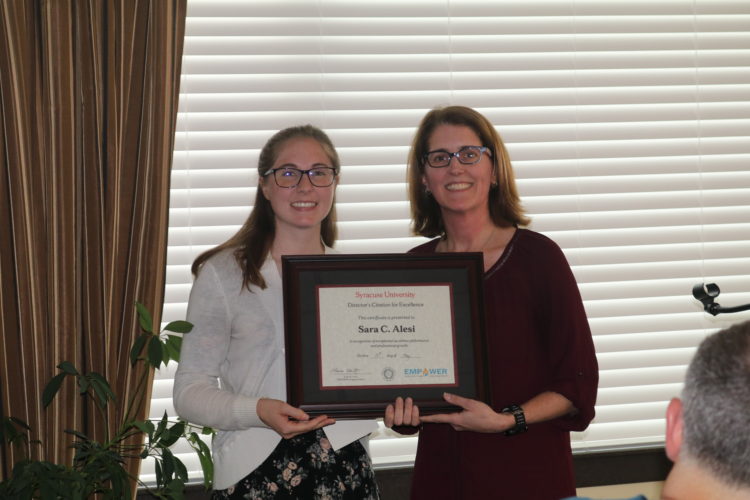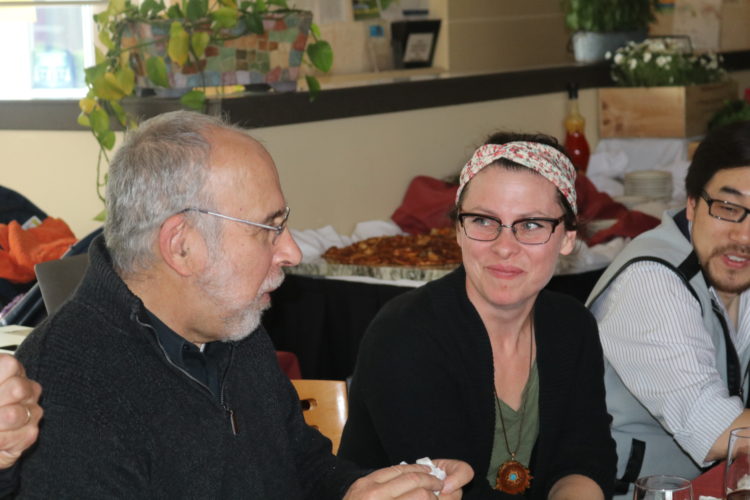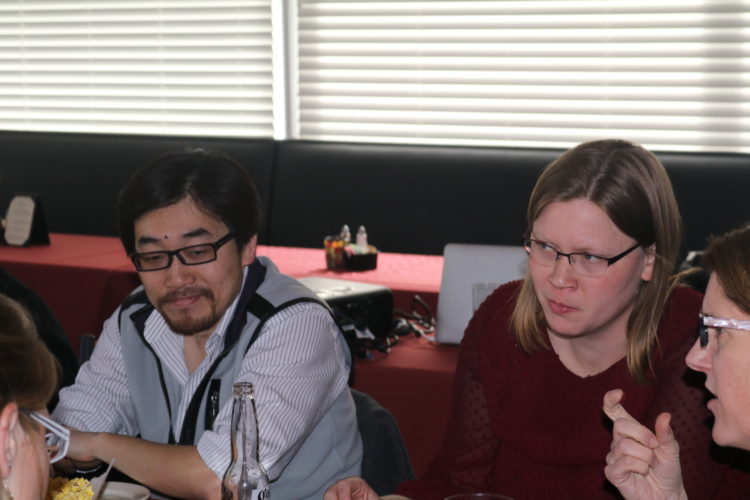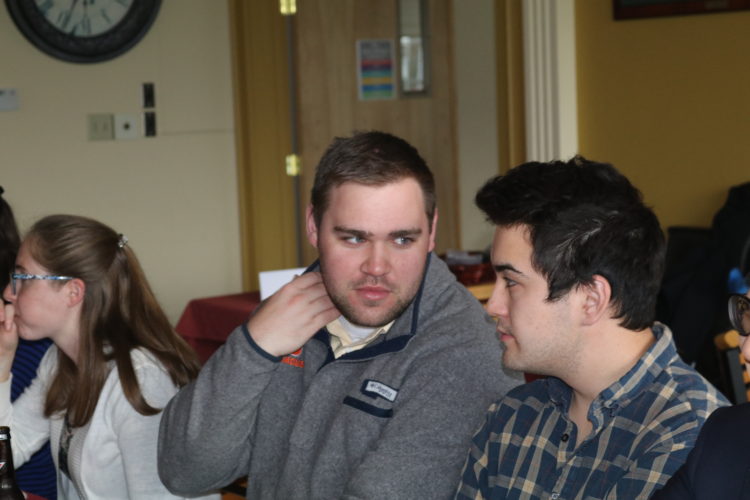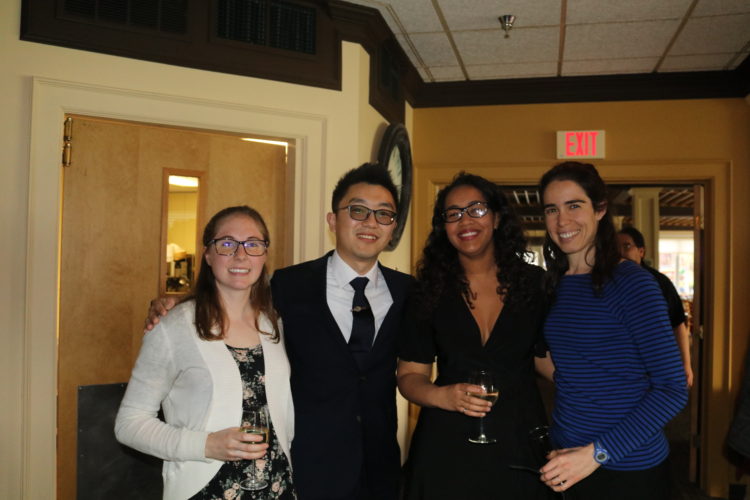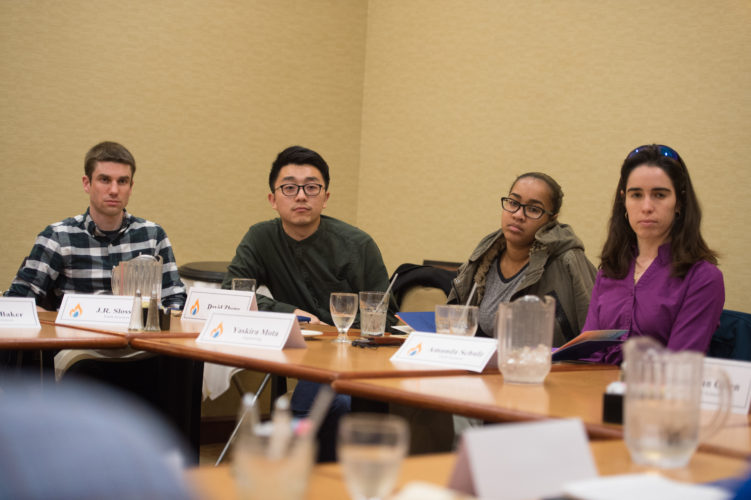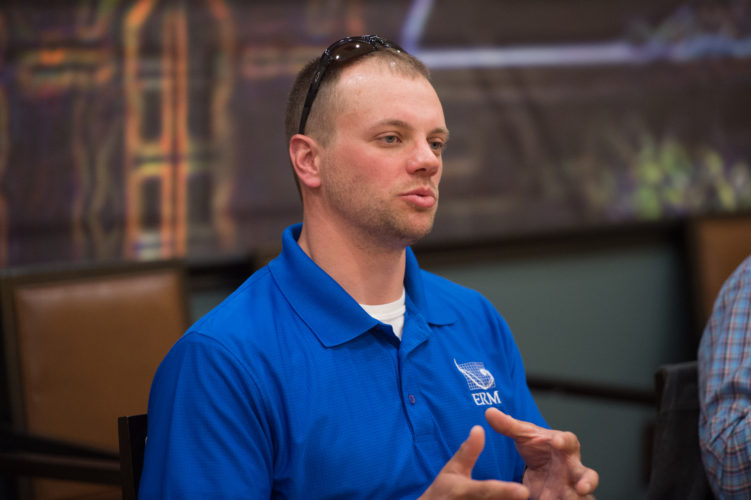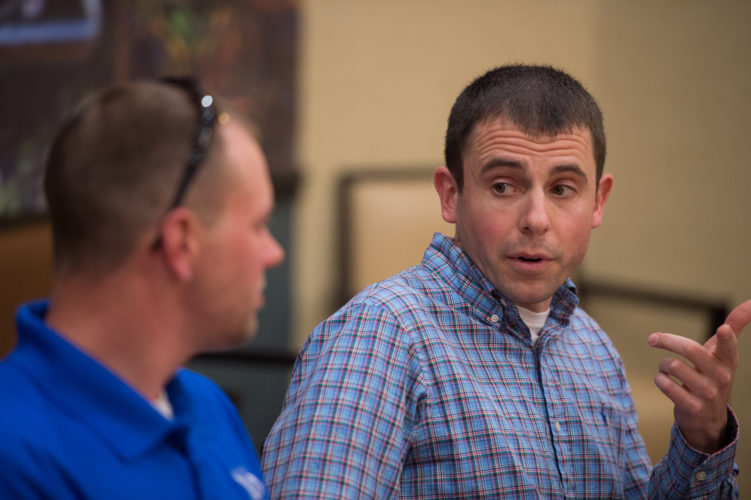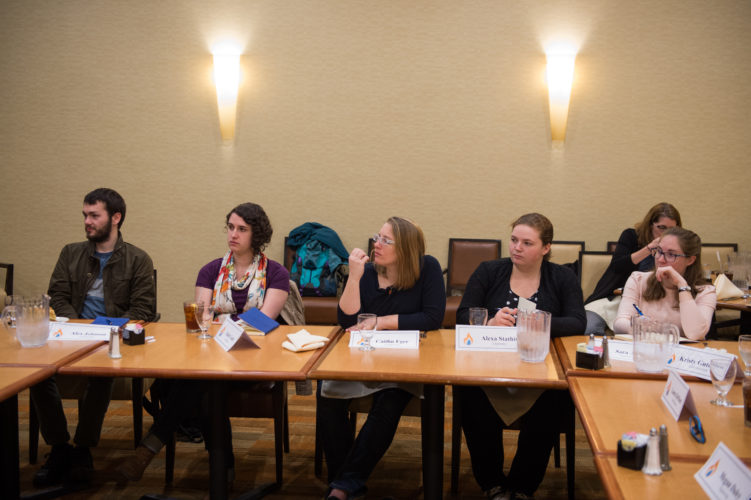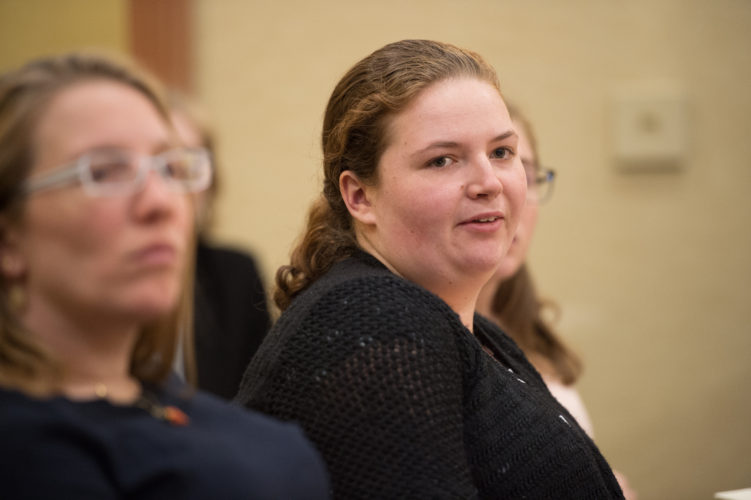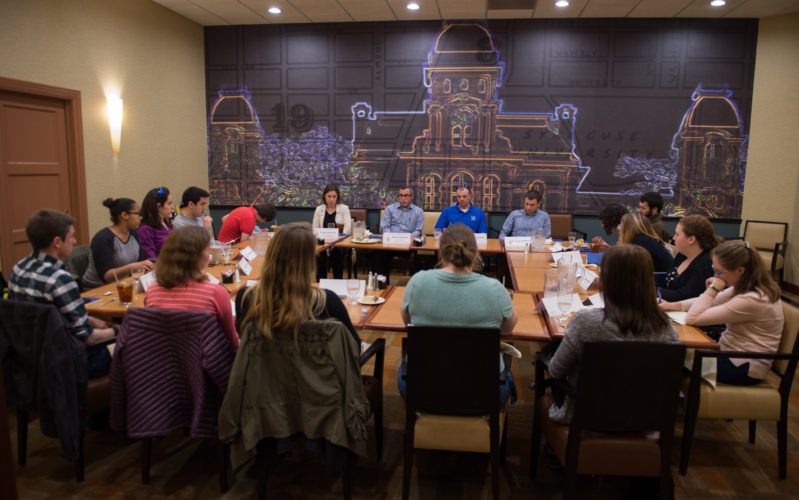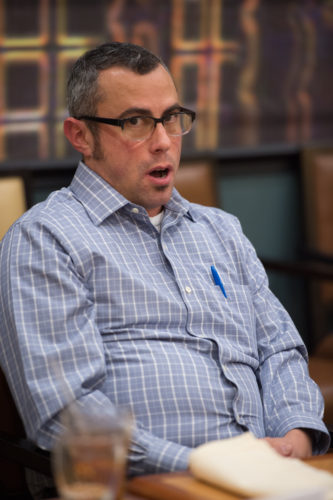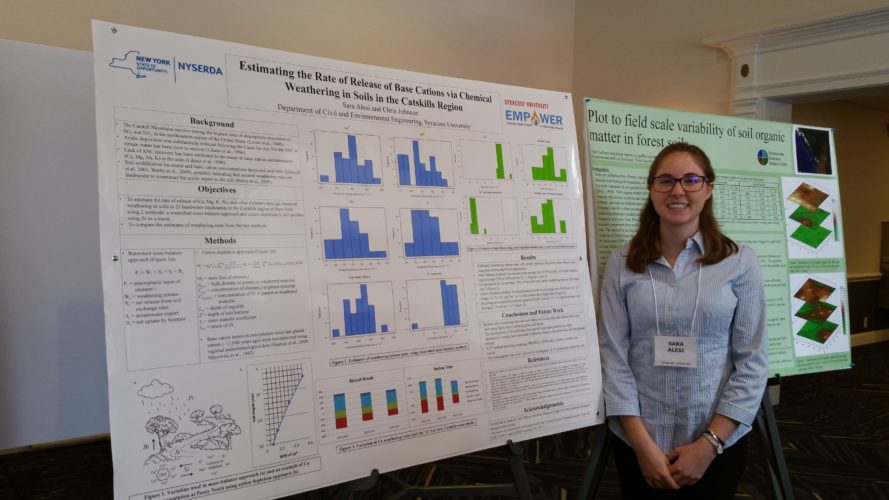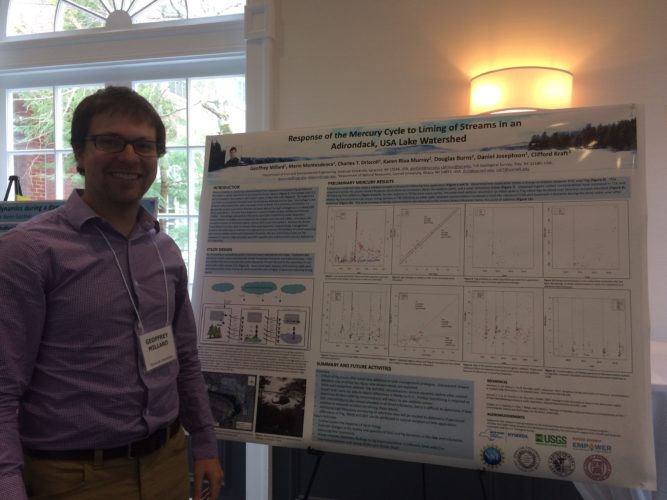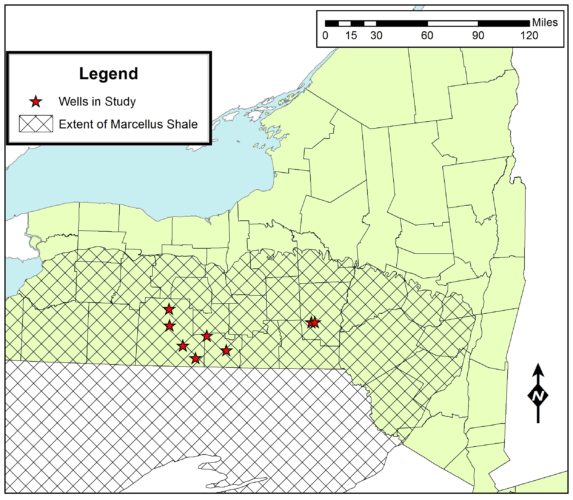Story written by Sara Alesi, Megan Daley, Caitlin Eger, Geoff Millard, and David Zheng
For scientists and engineers interested in pursuing a career in industry or the private sector, Dr. Josh Henkin, founder of STEM Career Services, has a simple prescription. “Learn about yourself,” Henkin said during his visit at Syracuse University. “Figure out what company you might join, and then find opportunities to gain the skills to get there.”
On March 29th, Dr. Henkin spoke to STEM graduate students about strategic career planning and how it is never too early to start the process. He discussed strategies that are different from the traditional job seeking methods – like the importance of networking, preparing elevator pitches, and tailoring your resume to each job you apply for. He emphasized the importance of developing a good relationship with a career mentor who can offer advice, expand your network, and provide encouragement.
Dr. Henkin hosted a series of strategic career workshops and one-on-one counseling sessions during his time in Syracuse. In several of his workshops, Dr. Henkin stressed the importance of networking. “Over 70% of jobs are found through networking,” Dr. Henkin said. “LinkedIn is one of the most useful networking tools. I probably get job offers once a month just based on the strength of my LinkedIn profile.” In addition, Dr. Henkin suggests preparing an elevator pitch before you introduce yourself to potential employers during networking events.
When giving advice on resumes, Dr. Henkin highlighted the significance of presenting your technical skills – such as computer programming – and transferable skills – such as communication expertise – first on your resume. He noted that education is no longer the most important item on your resume, and should be moved to the lower half. “You need to impress me with the top half of your resume,” Dr. Henkin said. “If you don’t impress me as a recruiter, I won’t bother looking at the rest of your material, because I have 300 more resumes to evaluate.”
Dr. Henkin advises graduate students to avoid talking about salary right away. “Do your research to make sure you are getting paid the fair market value for your skills,” Dr. Henkin said. “Graduate student pay is very low, but the money does not equal the total value. Flexible hours, free classes, access to fitness centers – these could all be part of your current total pay, and talking about salary does not reflect these other benefits.”
All in all, Dr. Henkin encourages graduate students to remain positive. “Career development is an ongoing process,” Henkin said. “Don’t feel limited by your career options. Figure out what you’re passionate about, gain some skills, and build your resume. ”
The campus visit was supported by EMPOWER, SU Graduate Career Services, The Graduate School, and the College of Arts & Sciences.
